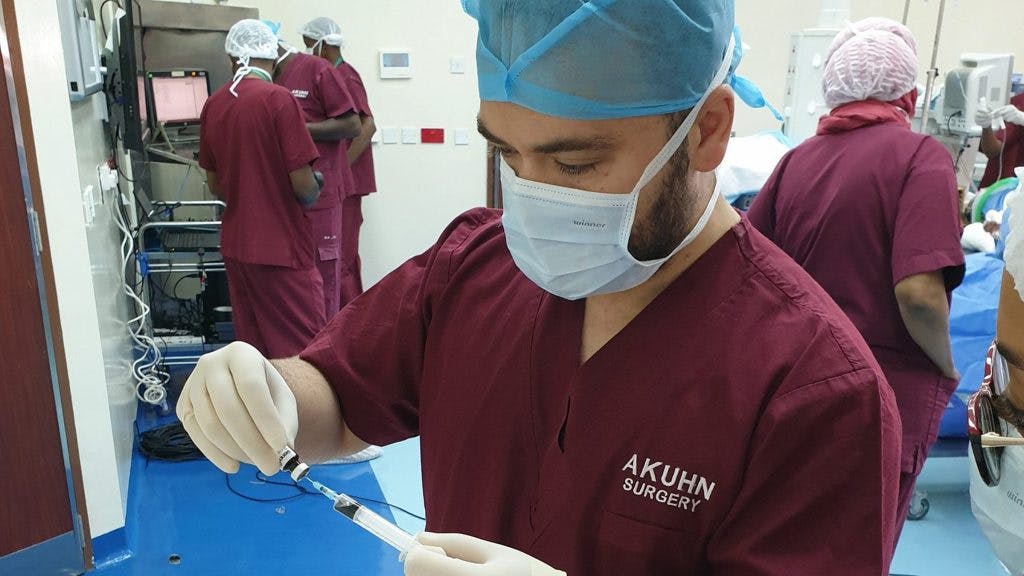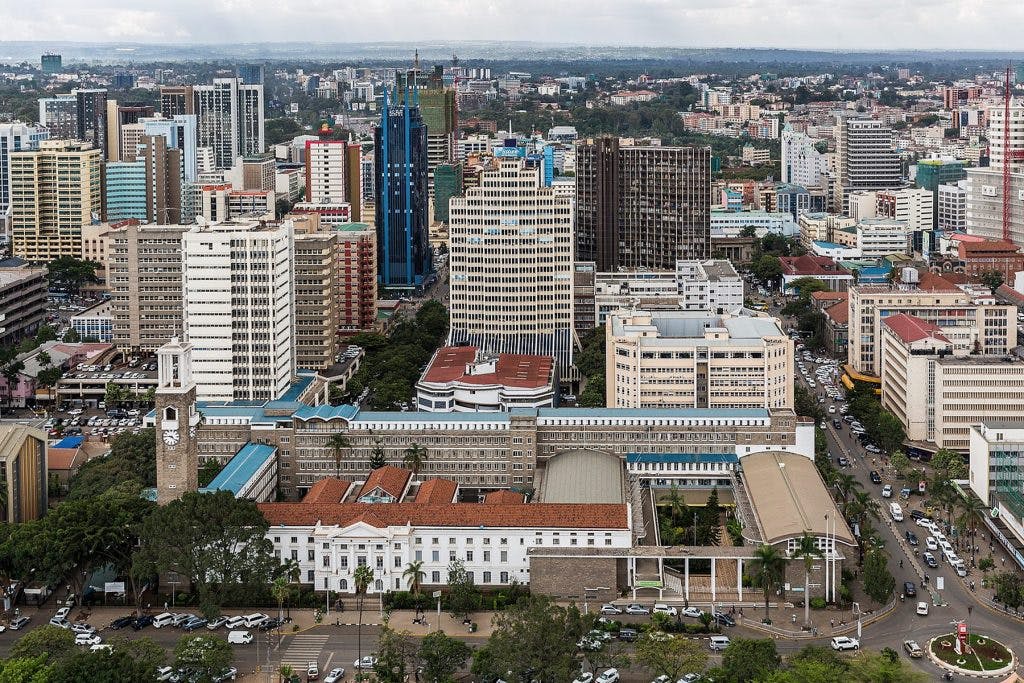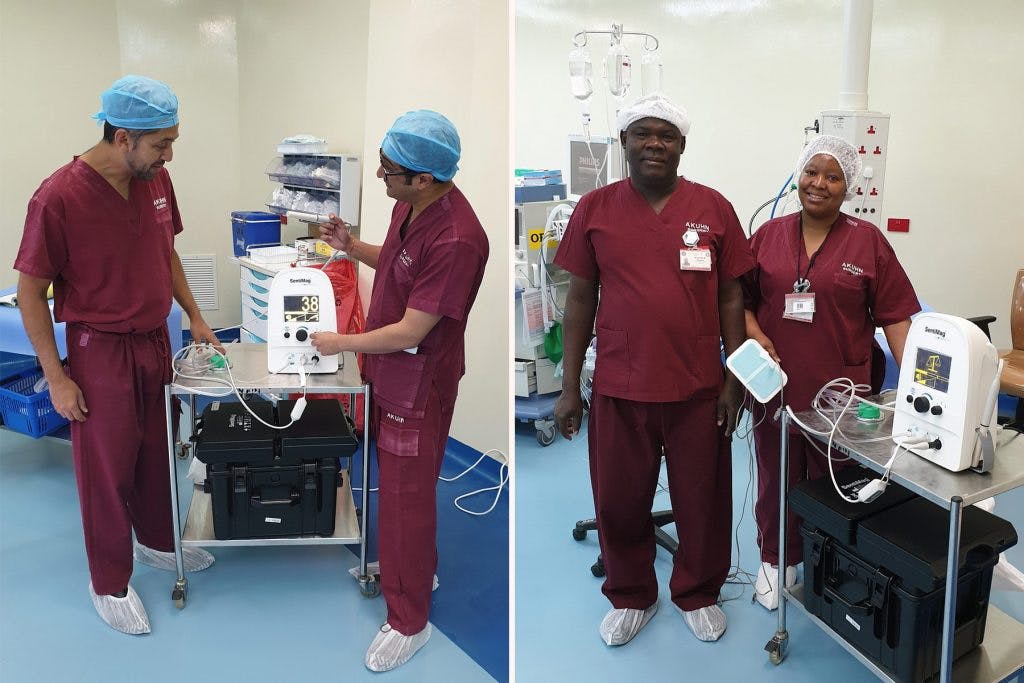Endomag in Kenya: Giving new access to the best standards of breast cancer care

On August 21st, Dr Rajiv Dave, an Oncoplastic Surgeon from Manchester University NHS Foundation, performed the first-ever Magseed® marker and Magtrace® lymphatic tracer procedures in Kenya.
We’ve seen our technologies in use at over 400 hospitals across many different countries, so why is this one so special? Aga Khan University Hospital in Nairobi, Kenya has recently begun using our breast cancer surgery platform and we’re proud to see it making a world of difference.
Kenya, famous for its incredible landscapes and wildlife reserves, has a population of over 50 million with nearly five million people in its capital Nairobi's urban area. Nairobi itself is a growing, cosmopolitan city of skyscrapers and a place that, like any other, should command great healthcare.
This is why when we heard the news that our products were being taken to Kenya, a first for the country, we had to take note.

Why was this news important to us?
Here at Endomag, we hold our technologies up to three pillars. We believe they must help in one or more of the following three ways:
1) help to prevent unnecessary surgery
2) improve surgery when it is required
3) increase access to the best standards of care
Arguably, our third pillar stands out against the rest. To us, the best standards of care shouldn’t only be available in the biggest or richest centres. Breast cancer care should be available no matter the country or hospital location.
What's different about Kenya in particular?
In Kenya there is sparse access to radioisotopes, given their cost and short half-life. That means patients in the country can’t access a crucial piece of the puzzle required to provide the current best possible standard of care for a sentinel node biopsy.
In fact, in this case in particular, this hospital had never before performed SLNB procedures. Their standard of care was to perform an ALND, a full axillary lymph node dissection. That’s possibly 30 nodes removed in the search of likely only a handful of cancerous nodes.
Clearly, by removing 30 nodes, patient morbidities are higher with an ALND – with much-increased chances of lymphedema and other complications.
So when we heard that Aga Khan University Hospital in Nairobi, Kenya was considering upgrading to our Magtrace® lymphatic tracer – a much simpler technology to use and more easily accessible substance for them than nuclear medicine, we were thrilled.

Patients with suspected cancerous nodes would immediately be going from a full axillary clearance to a targeted ‘sentinel’ node biopsy, removing just two or three nodes for inspection.
Alongside implementing the Magtrace® lymphatic tracer, the University Hospital was also using the second part of our dual-platform system, the Magseed® marker.
Patients could now receive a Magseed® marker localised breast tumour, enabling smaller tumours than ever before to be removed, with confidence.
The Magseed® marker now enables surgery to be ‘decoupled’ from radiology. No longer do patients have to have a long-day moving from department to department. They can have their Magseed® marker placed in advance and come in another day, immediately ready for surgery.
It’s a wonderful feeling to know that patients in Nairobi can now receive a better standard of care than was available to them just days before.
The milestone day
On August 21st, Dr Rajiv Dave, an Oncoplastic Surgeon from Manchester University NHS Foundation, performed the first-ever Magseed® marker and Magtrace® lymphatic tracer procedures in Kenya.
This was fantastic to see. The surgery was then followed up by a live streaming teaching event to a teaching conference.

 Surgeon watching livestream from Nairobi, Kenya
Surgeon watching livestream from Nairobi, KenyaIt’s a wonderful feeling to know that patients in Nairobi can now receive a better standard of care than was available to them just days before.
For us, of course, it’s always great when we see new centres come on board with our technologies – either keen to remove radiation from their practices or to upgrade to seed localisation from hook-wires, but it’s even more rewarding when the entire standard of care gets shifted up a level.
Photo: City Hall, Nairobi, Kenya by Ninara / CC BY 2.0